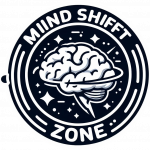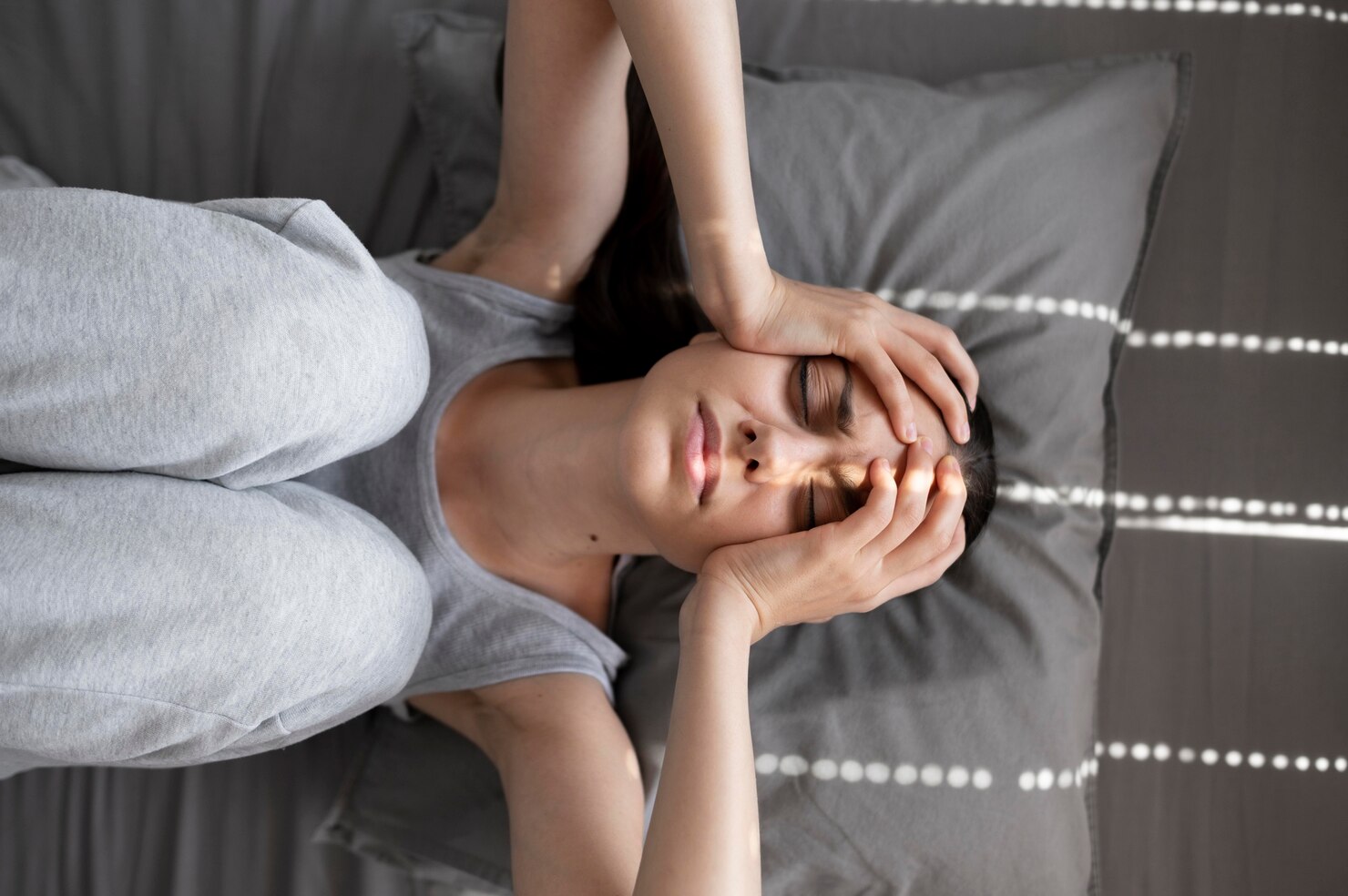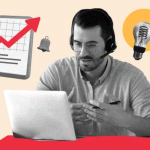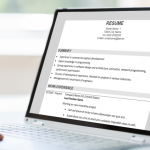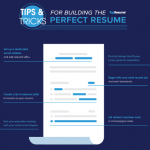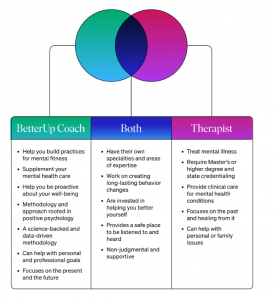Panic attacks can strike suddenly, gripping you in a vise of fear and helplessness. Your heart races, your breath shortens and overwhelming dread washes over you. But there is hope. Understanding the nature of panic attacks and learning effective relief techniques can empower you to regain control and calm your mind. In this article, we’ll delve into the intricacies of panic attacks, explore their triggers, and provide practical solutions for finding relief.
Understanding Panic Attacks
Panic attack symptoms include sudden bouts of intense anxiety or discomfort that are intense and last for minutes. They can strike without warning and leave you caught in a swirl of worry. And what does a panic attack feel like? It is common to feel an aching heart, sweating and trembling, shortness of breath, and a shaky feeling of impending doom. It’s like your body has hit “the panic” button sending you into a full-on fight or flight response.
The fight or flight response is a natural response when faced with perceived threat. When confronted by a threat the body is prepared to confront or run from the threat. Adrenaline surges through your system and your heart rate rises and muscles become tense. Although this is a crucial response for survival in true danger, it can be extremely stressful when it is triggered in regular, routine, non-threatening situations.
Common Triggers and Causes
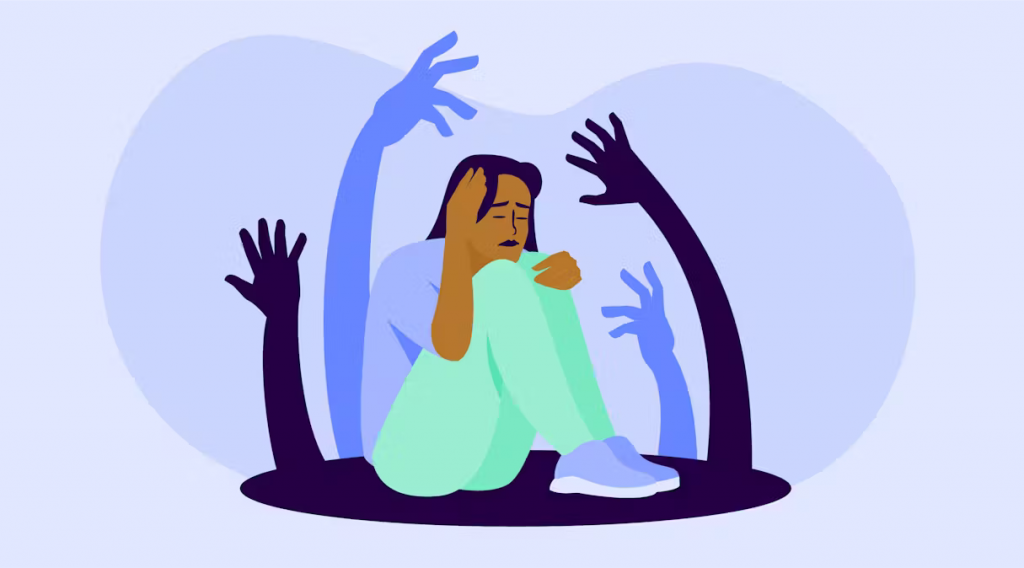
What causes panic attacks? They can be caused by a variety of causes, both internal and external. Knowing the triggers can assist you in managing and preventing the occurrence of future episodes.
Situational Triggers: Certain circumstances could trigger panic attacks. In crowded areas, public speaking or even driving may cause anxiety and trigger attacks. These scenarios usually share an underlying theme of fear, threat, or the feeling of being out of control, making these situations a perfect place for anxiety.
Internal Triggers and Body Awareness: Body awareness triggers are equally effective. Sometimes, just the awareness of bodily sensations, such as a fast heartbeat or shallow breathing can escalate into a full-on panic attack. The increased awareness of the body can result in a loop of anxiety and a physical response, escalating the anxiety.
Recognizing the causes of panic attacks, be they external or situational will be your first move to finding a solution.
Immediate Techniques to Stop a Panic Attack
If you are experiencing a panic attack you may wonder “How to stop a panic attack?” or “How to help someone having a panic attack?” and having a kit of immediate techniques for relief can make a big difference. These techniques can help you gain control of the situation and lessen the severity of the panic attack.
Deep Breathing Exercises
Deep breathing exercises can be a potent method to calm the body and mind when you are experiencing panic attacks. When you focus on your breathing, it can help you slow down the heart rate and decrease anxiety-related feelings. Try this simple method to inhale slowly through your nostrils for a count of four, keep your breath in for a period of four, and then exhale slowly out of your mouth for a total of six. Repeat this sequence repeatedly, paying attention to each breath in order to bring you back to a peaceful state.
Doctor Josell from Cleveland Clinic insists on slowing your breathing in order to tell your body that it’s safe. Put both hands on the belly, and another on the chest. breathe deep through your nose and exhale out of your mouth. This stimulates the parasympathetic nervous system and encouraging the relaxation.
Cognitive Strategies
Cognitive strategies are about changing and reframing thoughts that trigger your anxiety. According to Psychology Today, when you are experiencing an attack, your brain could be filled with frightening thoughts such as “I’m losing control” or “I’m going to die.” Remind you that attacks of panic, though terrifying, aren’t risky and can be overcome. Imagine a safe space or repeat calm statements to yourself, for example, “This will pass” or “I am safe.” These changes in your thinking can reduce the intensity of anxiety-inducing thoughts.
Guided imagery, a second effective method of thinking, involves imagining an idyllic scene to disengage yourself from thoughts of anxiety. This strategy assists in shifting your attention away from panic and to a calm mental image, which reduces the severity of the anxiety.
Physical and Sensory Distractions
Engaging your brain and refocusing your attention can give you immediate relief from panic attacks. Activities like squeezing a stress ball, putting your hands through cold water, or taking an active walk can break the cycle of anxiety. Sensory distractions, like listening to calming music taking a whiff of a relaxing scent, such as lavender, or even focusing on the feel of an object can aid in settling you into the present and ease stress.
For example, the 5-4-3-2-1 grounding technique involves acknowledging five things you can see, four things you can touch, three things you can hear, two things you can smell, and one thing you can taste. This technique helps to bring your attention to the moment, and away from the distressing signs of a panic attack, notes Psych Central.
By incorporating these techniques, you can create an effective defense against the sudden appearance of panic attacks and enable you to manage these attacks with greater flexibility and a greater sense of security.
Long-Term Strategies for Managing Panic
Although immediate strategies can be beneficial in a panic attack, long-term strategies are vital to decreasing the frequency and severity of these attacks. Through incorporating therapy methods and lifestyle modifications to improve your overall health, you will gain more control over your anxiety and increase your overall health.
Gradual Exposure Therapy
A process known as gradual exposure therapy can be a very effective method to manage anxiety over the long term. It involves gradually and continuously exposing yourself to those situations or events that trigger anxiety attacks. If you confront these fears in a calm and gradual way it is possible to reduce your exposure to triggers and decrease their effects in time.
For instance, if driving causes anxiety attacks, you may begin with a parked vehicle, then gradually drive shorter distances, and gradually increase the length and intensity of your trips. This technique helps you build confidence and lessen the fear that comes with these kinds of situations, eventually reducing the chance of experiencing anxiety episodes.
Cognitive Behavioral Therapy (CBT)
Cognitive Behavioral Therapy (CBT) is among the most efficient treatments for anxiety and panic disorder. CBT assists you in identifying and challenging the thoughts that cause anxiety. When you can identify these patterns and replace them with more rational and balanced thoughts, you will be able to reduce the frequency and severity of anxiety episodes.
CBT also incorporates behavioral strategies that include relaxation and exposure therapy to assist you in managing anxiety more effectively. Research has shown that CBT can dramatically improve the signs of anxiety disorder, and offer lasting alleviation.
Avoidance and Its Impact
It may seem like an instinctual response to panic attacks. However, it could actually worsen the issue. If you stay away from situations that cause you to anxiety, you can increase the anxiety and fear that comes with the triggers. As time passes, this could result in increased sensitivity and a higher chance of having anxiety attacks across a greater number of scenarios.
If you confront your fears instead of avoiding them, you will be able to lessen the connection between the incident and the anxiety reaction. This method, when combined with therapy techniques such as CBT as well as gradual exposure will help you build resilience and decrease the negative impact of panic on your everyday lifestyle.
Integrating these strategies for the long run to your daily routine could give you the tools and confidence to deal with anxiety more effectively. Through taking proactive steps towards getting to know and dealing with anxiety, you will gain a better sense of peace and control within your daily life.
Self-Care Practices
Implementing self-care routines in your daily life will greatly aid in managing anxiety and prevent panic attacks. These routines promote physical and mental health which makes you more resilient to anxiety and stress.

Regular Exercise and Healthy Lifestyle
Regular exercise is among the most effective methods to lower anxiety levels and prevent anxiety attacks. Physical exercise releases endorphins, which are naturally uplifting for mood. Exercise also lowers the level of stress hormones, such as cortisol, present in your body. Whether it’s walking every day, practicing yoga, or going to the gym regularly, consistent exercise can enhance your mental well-being and help you manage anxiety better, claimed Harvard Health.
Alongside exercising and a healthy lifestyle through regular nutrition, adequate sleeping, and abstaining from alcohol and caffeine can also play an important role in reducing anxiety. A balanced diet that is rich in vegetables, fruits as well as lean proteins and whole grains can provide the essential nutrients for the well-being of the brain and overall health.
Mindfulness and Relaxation Techniques
Relaxation and mindfulness techniques, like deep breathing exercises, meditation as well as progressive relaxation of muscles can aid in managing anxiety and stress. Mindfulness means being present in the present and being aware of your thoughts and feelings with no judgement. It can help lessen the urge to dwell about negative thoughts that cause stress.
As mentioned American Psychological Association, a progressive relaxation of muscles is an additional efficient technique. It involves tensing, and then gradually relaxing various muscle groups within the body. This can help reduce tension in the body and helps promote a state of peace. Integrating these practices into your daily routine will aid in building your resilience against anxiety and decrease the number of panic attacks.
Seeking Professional Help
Self-care is beneficial, but however, there are instances when professional assistance is required. Knowing when therapy is required could make a big difference in the treatment of panic and anxiety disorders.
When to Seek Therapy
It is advisable to seek professional assistance if you are experiencing panic attacks and anxiety that interfere with your life, relationships or work. If you discover self-care strategies and techniques for immediate relief aren’t enough to treat your symptoms of a panic attack, it could be time to seek out an expert in mental health.
Therapists are able to provide a variety of treatments such as the use of Cognitive Behavioral Therapy (CBT), medication, and other therapies that are tailored to meet your particular requirements. Early intervention can stop the increasing severity of symptoms and help improve your overall quality of life. If you are experiencing regular panic attacks and constant anxiety, don’t be afraid to seek out assistance from a professional.
Through combining self-care along with expert guidance develop an entire strategy to manage anxiety and lessen the impact of anxiety attacks on your daily life.
